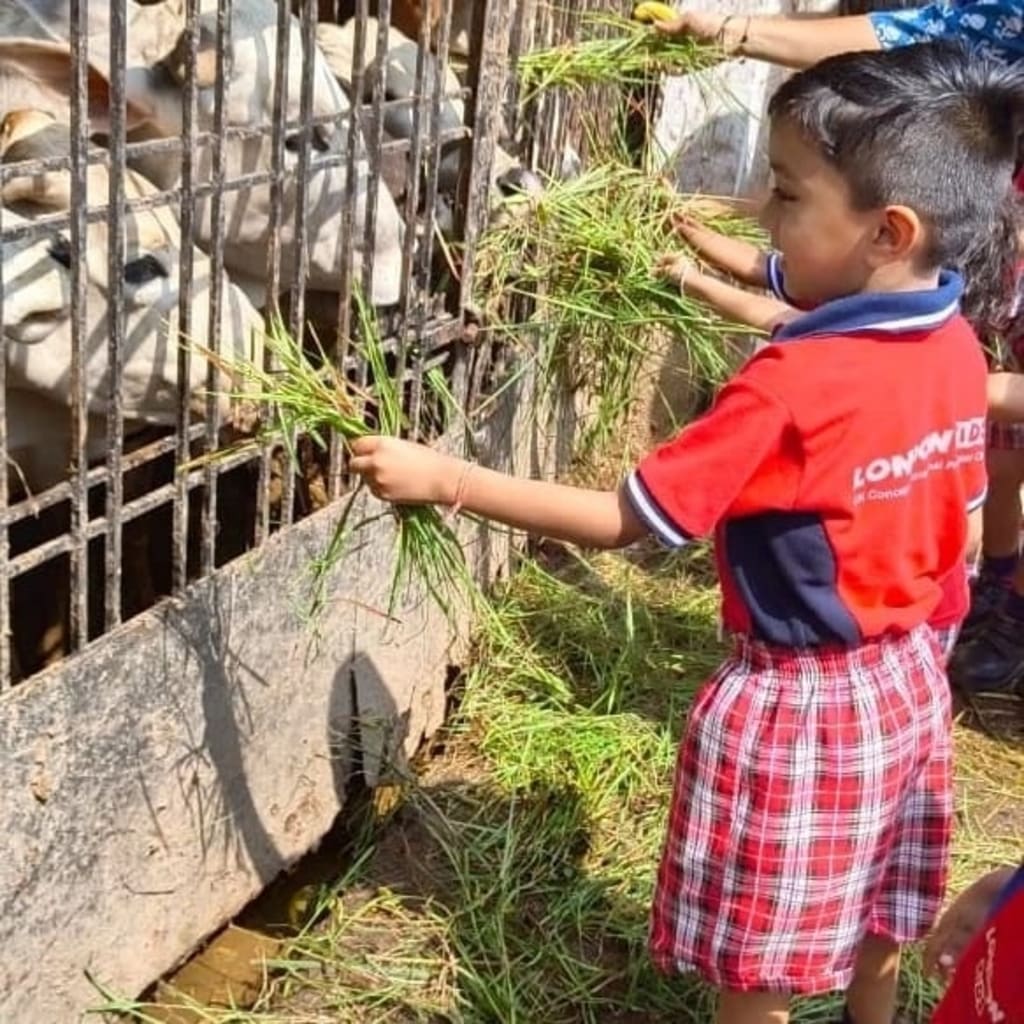Which is the best activity for kids' education, outdoor or indoor?
Outdoor or Indoor Activity for Kids

Both outdoor and indoor activities have their own advantages for the education of children, so it is difficult to say which is the best. It is important to have a balance of both types of activity to support children's learning and development.
Outdoor activities can provide opportunities for children to explore the natural world, develop gross motor skills, and learn about the environment. Outdoor activities can also promote physical activity, which is important for maintaining a healthy lifestyle. Additionally, being outside can reduce stress and improve mood, which can have a positive effect on children's overall well-being.
Indoor activities can provide opportunities for children to learn new skills, develop fine motor skills, and engage in imaginative play. Indoor activities can also provide a safe and controlled environment for children to learn and explore. Additionally, indoor activities can be educational and interactive, such as science experiments or construction projects.
Here are some additional factors to consider when choosing between indoor and outdoor activities for kids' education:
- Age of the child: The age of the child can play a role in determining whether an indoor or outdoor activity is more appropriate. Younger children may benefit more from outdoor activities that focus on sensory experiences and physical exploration, while older children may enjoy more structured and educational indoor activities.
- Weather: Weather conditions may affect the availability of outdoor activities. During extreme temperatures, it may be safe to engage in indoor activities. However, if the weather is pleasant and pleasant, outdoor activities can be a great way to enjoy the outdoors and learn at the same time.
- Goals and objectives: Consider the goals and objectives of the activity when choosing between indoor and outdoor activities. For example, if the objective is to teach children about nature and the environment, an outdoor activity would be more appropriate. However, if the goal is to develop a specific skill such as reading or writing, an indoor activity may be more effective.
- Availability of resources: The availability of resources can influence the choice between indoor and outdoor activities. For example, if you have access to a well-equipped indoor space, it may be easier to plan and execute indoor activities. Similarly, if you live in an area with lots of natural spaces, outdoor activities may be more accessible and convenient.
- Opportunities for Socialization: Both indoor and outdoor activities can provide opportunities for children to socialize and interact with others. However, the types of interactions may differ between indoor and outdoor activities. Intramural activities may provide opportunities for more structured socialization, such as group discussions or team-based projects. Outdoor activities, on the other hand, can provide opportunities for more unstructured socialization, such as playing with friends or exploring nature together.
- Learning Style: Children have different learning styles, and some children may prefer indoor activities while others may prefer outdoor activities. For example, children who learn best through hands-on experience and physical activity may enjoy outdoor activities more than indoor activities. Similarly, children who prefer quieter and more controlled environments may prefer indoor activities.
- Safety: Safety is an important consideration when choosing between indoor and outdoor activities. Outdoor activities may involve greater risks, such as extreme weather conditions or encounters with wild animals. On the other hand, indoor activities may involve safety hazards such as suffocation hazard or a trip hazards.
- Parental Involvement: The level of parental involvement can influence the choice between indoor and outdoor activities. For example, some outdoor activities may require more parental supervision or involvement, such as camping or hiking. Indoor activities can be easy for parents to plan and execute independently.
In short, the best activity for a child's education depends on a number of factors, including age, season, goals, and resources. A balanced approach that includes both indoor and outdoor activities can provide a well-rounded learning experience for children.
About the Creator
Vikash Kumar
Hello, I am an SEO executive and blogger and I share my content about education, technology, governments, travel, etc.






Comments
There are no comments for this story
Be the first to respond and start the conversation.